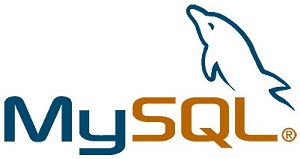We only use HP servers and we get more and more every week. Someone has to keep track of all those servers and be able to configure them using iLO in case of a disaster
Installation almost runs automatically, except for iLO configuration.
I have to first find the iLO ip, then login to the web interface, create users, set static IP and what not. It takes time, a lot of it.
If only there was some way to automate it without having to use HP’s software.. but wait, THERE IS!
I already posted how to scan for all HP ILO devices in your subnet, but the basics in the following post on how to configure iLO from your guest Linux OS might make everything a little easier for the sysadmins out there
How to configure HP iLO in Linux
First I will show you the useful commands and an example output for each, and then how to automate the configuration of your HP iLO interface using bash scripting
The script for configuring iLO automatically will be included at the end of this post
Needed packages:
OpenIPMI OpenIPMI-libs OpenIPMI-tools
These packages can be installed through your favorite package manager, below you’ll see the defaults in Debian and CentOS/RHEL
Debian:
apt-get install OpenIPMI OpenIPMI-libs OpenIPMI-tools
CentOS/RHEL:
yum install OpenIPMI OpenIPMI-libs OpenIPMI-tools
Once you got those installed, you can move on and configure or fetch info from iLO through the guest Linux


